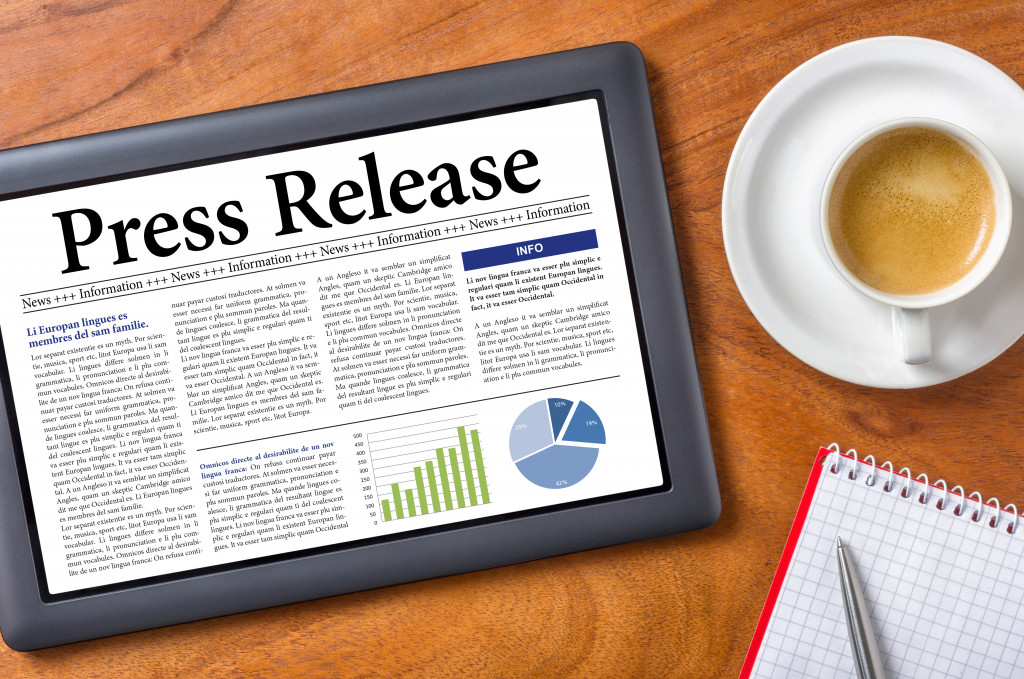Kroger currently finds itself in hot water after a fraudulent press release appeared on its corporate website, saying that its stores now accept Bitcoin. This came after a similar incident involving Walmart occurred.
The fake PR appeared on the investors’ page for less than 25 minutes, but it already caused a stir in the cryptocurrency market, registering about a 6 percent increase as investors pumped and dumped theirs.
The moral is this: there’s no such thing as a harmless fake PR. Its effects can be tremendous and can go beyond the industry. Even worse, the impact on the brand can spell disaster.
But how can businesses avoid a similar scenario? Here are the best ways to remain authentic and factual in PRs without robbing them of emotional connection.
1. Centralize the PR Department
Most companies have their PR departments divided into different divisions, and these projects are handled by different people. The key to effective PR is marketing teams that work with a unified voice and message. A centralized department will create a more cohesive campaign and eliminate the risk of false information.
Because of the size of startups, they might not have to divide their PR department, but they are also more than likely to assign PR to only one person, who might feel overburdened by the responsibility. If not, they don’t have any PR at all.
In this case, small businesses can benefit from working with an advertising agency, which gives them access to a slew of marketing services that help build a universal brand-centric message across promotional materials.
2. Speak Your Audience’s Language
The key to an effective PR campaign is speaking the language of the audience. Take some time to learn about the folks who will read your press release so that you can tailor it around their interests and needs.
For example, if you’re targeting investors, use words such as “prosper,” “thrive,” and “financial security.” If you’re speaking to college students about your product, don’t be afraid to mention that it can help them achieve their career goals or become more efficient with their time.
Speaking their language can also make PRs more authentic and accurate since it trains you to be more precise with using technical terms.
3. Double-check the Facts Before Release
There’s nothing more embarrassing than having to pull an authentic press release because you used incorrect information or figures. Even worse, inaccurate data can lead to grave consequences for the company and its brand name.
Before you release, make sure to double-check the facts and figures with someone who knows more about it. It might take some time to find an expert, but this investment will save your PRs from embarrassing mistakes that can harm your online reputation.
4. Proofread, Proofread, Proofread

Probably one of the best illustrations of the importance of proofreading is the sentence “A panda eats, shoots, and leaves.” Technically, the sentence uses the Oxford comma correctly, but it also changes the whole context of the quote. It becomes incorrect.
This is the case with press releases. If your PR leaves out words, uses the wrong tense, or has other grammar errors, it might be completely true and accurate to what you want to say. But if it’s not well-written and formatted correctly, reporters won’t take it seriously and will even think that you’re trying to mislead them.
To avoid this, proofread, proofread, and proofread some more. When necessary, read it out loud. Consider letting other proofreaders or editors see copies, especially important stories or PRs, to ensure no one misses any mistake.
5. Use Direct Quotes
Reporters love quotes that add a personal touch to a press release. They help illustrate the story behind the business and give journalists a chance to include extra information in their stories.
However, using direct quotes should be done carefully because they can present a real challenge if you haven’t been trained to use them correctly. Here are some pointers:
- Don’t use quotes that are too long – Most newsrooms won’t print more than three to five sentences.
- If you’d like to include a quote, make sure the person is available. This helps reporters track them down for future requests or additional questions.
- When including quotes, ask yourself if it’s necessary. It might seem like a good idea to include a quote from the founder about how they started the business or why they wanted to develop a certain product. In some cases, quotes can benefit PRs, but if you’re including one just for the sake of it, then drop it.
Press release writing can be a challenge, especially if you’re trying to keep your message authentic and engaging for the audience. These tips will get you in the right direction to create effective PRs that connect with the audience and draw attention from major news outlets.





